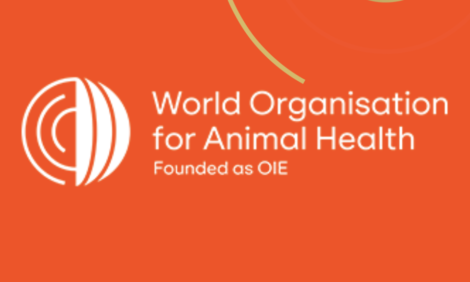



DairyNZ, Fonterra Welcome ETS Decision
NEW ZEALAND - DairyNZ is committed to finding farm-ready options to mitigate agricultural emissions while welcoming the deferral of agricultural entry into the ETS. Fonterra also welcomed the decision, restating its commitment to emissions reductions.The government’s confirmation that it will defer the entry of agricultural emissions into the ETS until at least 2015, pending a review to assess whether such technologies exist, is sensible and pragmatic, says DairyNZ General Manager Policy and Advocacy Simon Tucker.
“DairyNZ’s position is that agricultural emissions should not be included in the ETS until practical, economically-viable mitigation technologies are available under farm-level conditions,” Mr Tucker says.
“We are pleased to see the Government take a considered view of where our country sits relevant to our trading partners to ensure we can make progress while still being competitive.”
“The dairy industry is committed to a strategy of reducing its greenhouse gas emissions intensity and maintaining its position as world leaders in low carbon intensity dairy production.
“New Zealand’s dairy sector is working through the challenge of finding practical ways to reduce our emissions by investing heavily in research.
“To-date our investment in dairy farm system research shows it is quite possible to make good progress in this area by making efficiency improvements on farms. But we do not yet have a reliable silver bullet.
“DairyNZ alone invests nearly NZ$1m each year into reducing methane and other agricultural gas emissions through funding the world-leading science being carried out by the Pastoral Green House Gas Research Consortium (PGgRC).
“A similar amount of funding is being invested into a seven year DairyNZ-led research project where dairy cows are being evaluated to see how efficiently they can convert feed into milk while reducing emissions.
“DairyNZ has also maintained that New Zealand’s dairy farmers should not face a price on carbon until our trading competitors face similar and equivalent obligations.
“It’s appropriate that this is also a factor in the government’s 2014 review.
“We look forward to working with the government as it moves into the review period.”
Fonterra’s Group GM Global Sustainability, Bruce Donnison, said: “We recognise that climate change is real and that global emissions must be reduced. Fonterra will continue to target a 20 per cent reduction in emissions intensity right across its supply chain by 2020.”
“But at the same time, we have been concerned that applying additional carbon costs on agriculture here, when they are still not faced by the majority of producers elsewhere in the world, simply undermine the competitiveness of the New Zealand agricultural sector - our most important export sector.”
He said with current global financial conditions, the decision to hold the one for two obligations (one New Zealand Unit for every two tonnes of emissions) was timely, particularly given the agricultural sector’s consistent and considerable contribution to exports. It also recognised New Zealand’s comparative efficiency in producing low carbon food for a growing global population.
Mr Donnison stressed the review would not be taken as a signal to ease up on efforts to mitigate agricultural emissions.
“The bulk of emissions are on farm and we need to tackle them there. We have consistently held the view that providing information and supporting our farmers to reduce emissions will always have more impact than increasing carbon costs.
“Our farmers have contributed nearly a quarter of the NZ$43 million being invested by New Zealand in mitigation research and want practical solutions. This work will continue, as will the efforts being made in Fonterra’s milk processing plants to drive down emissions, especially through energy efficiency.
Mr Donnison said New Zealand Fonterra dairy farmer suppliers were already directly paying their way in the ETS, with NZ$3,700 a year in carbon costs for fuel, energy and their share of the carbon costs being paid by Fonterra for processing emissions. This compares to a typical household’s costs of around NZ$133 a year.
“Without the decisions announced, and if prices rose back to the expected NZ$25 per New Zealand Unit, the ETS would have cost the average dairy farmer NZ$8000 per annum from 2015.”
TheCattleSite News Desk


